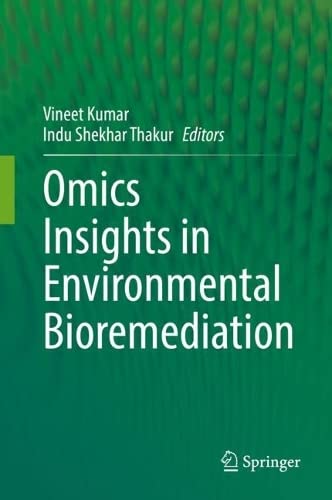

Most ebook files are in PDF format, so you can easily read them using various software such as Foxit Reader or directly on the Google Chrome browser.
Some ebook files are released by publishers in other formats such as .awz, .mobi, .epub, .fb2, etc. You may need to install specific software to read these formats on mobile/PC, such as Calibre.
Please read the tutorial at this link: https://ebookbell.com/faq
We offer FREE conversion to the popular formats you request; however, this may take some time. Therefore, right after payment, please email us, and we will try to provide the service as quickly as possible.
For some exceptional file formats or broken links (if any), please refrain from opening any disputes. Instead, email us first, and we will try to assist within a maximum of 6 hours.
EbookBell Team

4.7
96 reviewsEnvironmental pollution emanating from rapid industrialization, population growth, and urbanization has been considered a major problem in recent years that affects biodiversity, ecosystems, and human health by contaminating soil and water. This book brings out a comprehensive collection of information on valuable insights into different cutting-edge omics technologies, such as metagenomics, metatranscriptomics, metaproteomics, and metabolomics, along with advanced next-generation sequencing technologies as well as bioinformatic tools, which led to a better understanding of microbial communities and their adaptability to a wide range of contaminants and underlying their mechanisms in bioremediation and biodegradation of environmental pollutants. In addition, this edited volume provides critical insight into of potent microbial communities endowed with unique functional attributes through their unique metabolism catalyzed by ‘signature’ enzymes and degradation pathways. Step-by-step descriptions are provided of various microbial metabolic pathways of degradation and biotransformation of environmental contaminants by numerous illustrations which make the information easier to understand for the readers. Each chapter is devoted to selected examples of microbial bioremediation supported by tables, and an extensive list of references for readers interested in learning further details about the subject matter. This book is of interest to teachers, researchers to professionals, policymakers, stockholders, practitioners, environmental engineers, soil scientists, and policymakers. In addition, the book serves as additional comprehensive material for undergraduate, graduate, and doctoral students who require a working knowledge and knowhow of ‘Omics’ involved in and required for environmental remediation of legacy and emerging contaminants, will also find this to be a useful read.